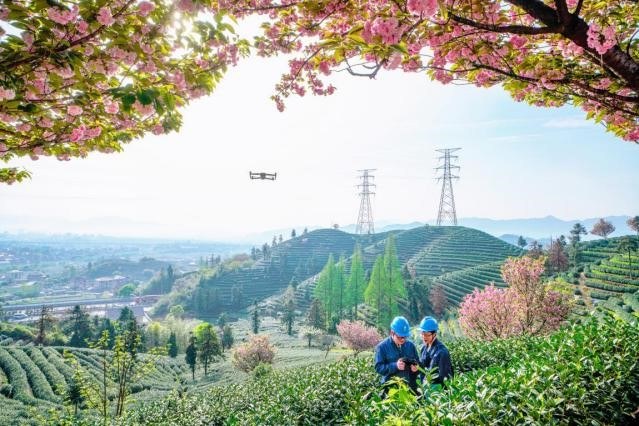
The Nanxun Ancient Town.
Nanxun, a Jiangnan (south of the Yangtze River) ancient town in Huzhou city, Zhejiang province, is a place where modern gardens gather. Since the Southern Song dynasty (1127-1279), Nanxun has boasted 26 gardens of various styles, and it is an important regional genre when it comes to Chinese gardens. In modern history, thanks to the internationally famed Jili silk, so called because it was produced in Jisi village in Huzhou city, a number of local families in the business rose up. They laid emphasis not only on the natural spirit emanating from the arrangement of rockeries, ponds, plants and trees, in pursuit of the synthesis of architectural and natural beauty as well as their poetic expression, but also combined the garden landscapes with literary gatherings, book collections and poetry recitals, a result of following the traditional gardens of the literati’s. On top of these, these gardens also absorbed elements from the Western culture, giving rise to many unique architectural buildings that have integrated both the Chinese and the Western styles. As Tong Jun (1900-1983), an eminent modern garden expert, wrote in his book A Record of the Gardens of Jiangnan: “Since the Southern Song dynasty, four places have stood out on Chinese gardens, namely Huzhou, Hangzhou, Suzhou and Yangzhou, Huzhou and Hangzhou in particular.” “The best of Huzhou gardens, in fact, have been concentrated in the town of Nanxun. There are five gardens, all of which are huge structures, the only ones of their kind in the Jiangnan area.”
According to Zhu Diaozhen, a professor from Tsinghua University and editor of Modern Gardens in Nanxun, the Jiangnan gardens can be divided into two categories, namely residence gardens and country gardens. Residence gardens are mostly connected with the residences, located in the urban areas. They are attached to the residences, built on their sides or at their backs, hence commonly referred to as the “back garden”. Country gardens, found in rural areas, are much larger in size, and they are also known as suburban gardens. While country gardens were smaller in the beginning, later on, more private country gardens were built on the relatively spacious field in suburbs, and the garden area gradually increased. Meanwhile, the configuration of the garden landscape became much more direct and open, full of idyllic charm. Rockeries were stack up and pavilions were put in place mainly to acquire a higher view. These gardens generally don’t have any walls, separated only by creeks, which can be crossed quite easily. In Nanxun, the five modern gardens in Nanxun — the Yi Garden, the Shi Garden, the Xiao Lian (Little Lotus) Garden, the Liu Garden (also called Jue Garden) and the Dong (East) Garden are all country gardens. These gardens are not only “giant” in terms of area covered, but also are a perfect blend of compatibility, artistry and randomness. They are innovative in conception, grand in configration and philosophical in artistic conception. With the transformation of society and culture in modern times, their layout designs and functions have also been changing.
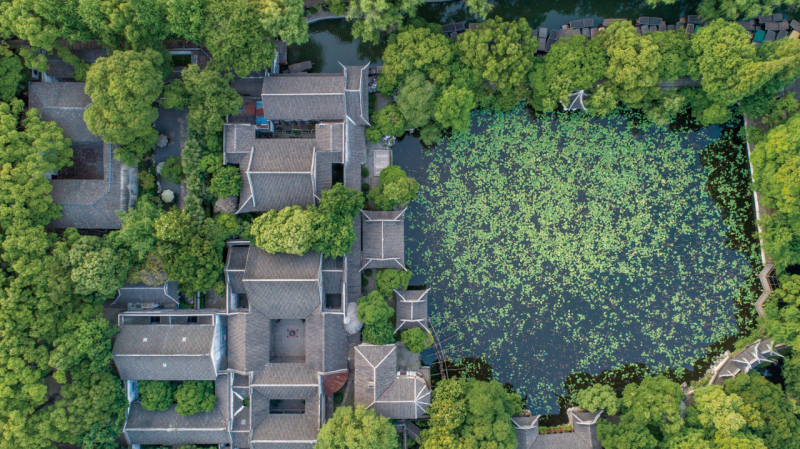
A panoramic aerial view of the Little Lotus Garden. Photo by Shen Yongqiang.
Built in 1885, Little Lotus Garden is the only one of the five “giant” gardens in Nanxun that has been left intact. Covering an area of 27 mu (or 1.8 hectares), it used to be a private garden of Liu Yong (1826-1899), who was once reputed to be the richest person in Nanxun. The garden was thus named because Liu was an admirer of the Huzhou-born Zhao Mengfu (1254-1322), the renowned Yuan dynasty (1206-1368) painter and calligrapher, who built a garden called Lotus Garden. For three generations spanning a period of 40 years, the Lius had meticulously managed the garden. Now, it is a fascinating mix of garden, lakes, pavilions, rockeries, trees, and lotus flowers.
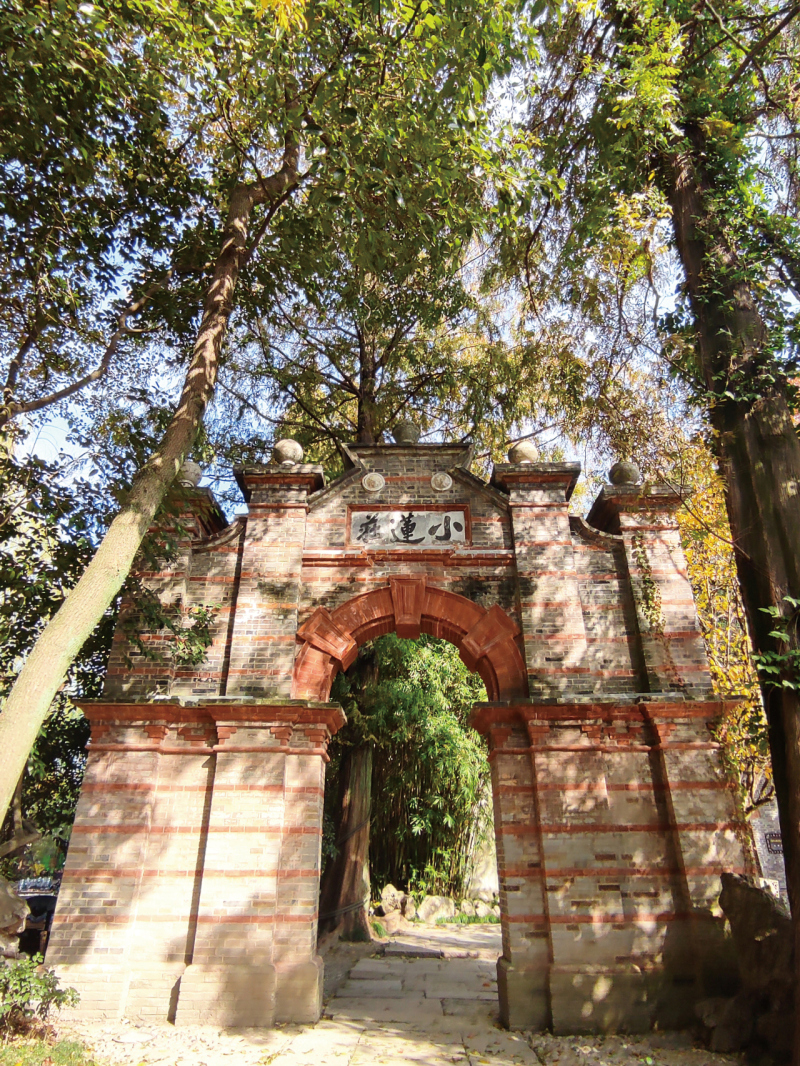
A European-style brick archway inside the Little Lotus Garden. Photo by Lu Jian.
The architecture of the Little Lotus Garden consists of three major parts, the garden proper, the ancestral hall and the philanthropic hall. The garden proper includes the outer garden and the inner garden. A lotus pond covering an area of 10 mu (or 2/3 hectares) takes up the main part the outer garden. On the west lies a corridor of inscriptions from different periods of history. Located next to the corridor is a hall opening on all four sides; the exquisite hall is where the host once invited literary figures for poetry recitals. In the inner garden sits a grand rockery built with the Taihu Lake stones. Up the hill, with pines and maples planted on either side, one will find a small stone bridge under which is a cave. Standing on the top and looking down at the pond below, it is as if the whole place is a Chinese landscape painting.
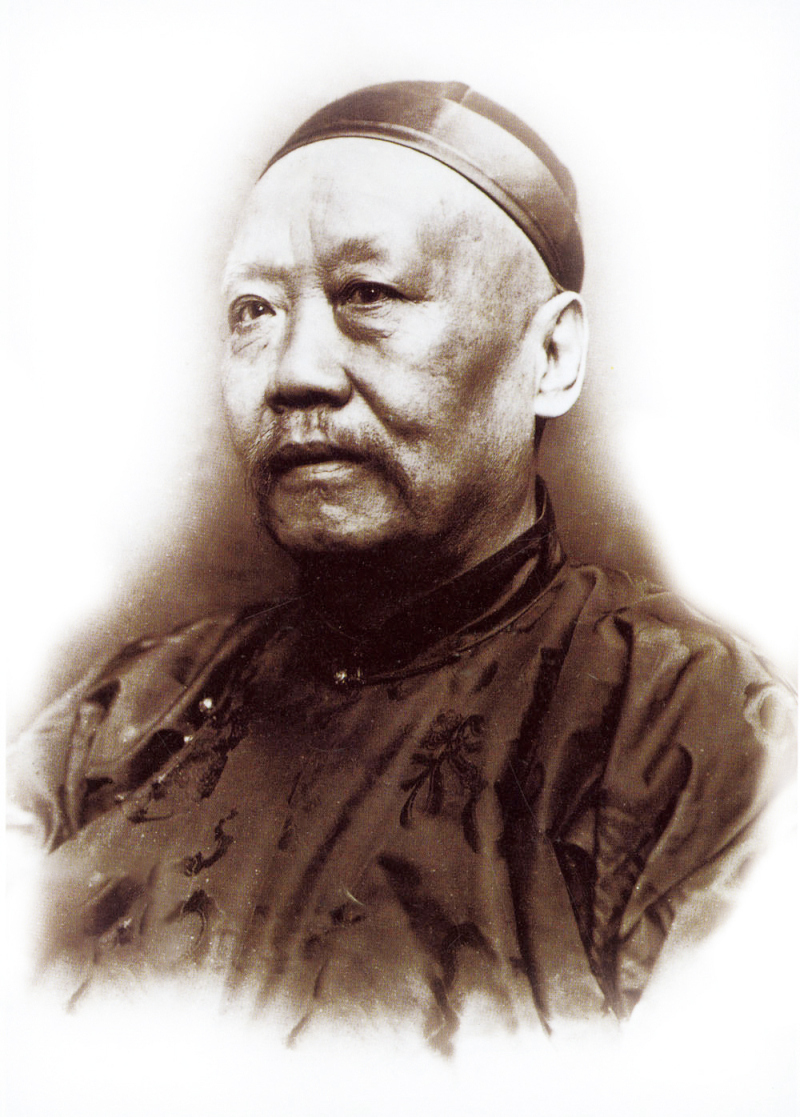
Liu Yong, once the richest man in Nanxun.
In front the ancestral hall of the Lius stand two memorial arches, both bestowed by the Qing (1616-1911) emperors. Inside the hall hang all the couplets gifted from the luminaries at the time, including Li Hongzhang (1823-1901), Zuo Zongtang (1812-1885), Sheng Xuanhuai (1844-1916), Wu Changshuo (1844-1927), among others. The philanthropic hall now is an exhibition hall showing the achievements of a scholarship set up by the family. More than 8,000 students have so far benefited from it.
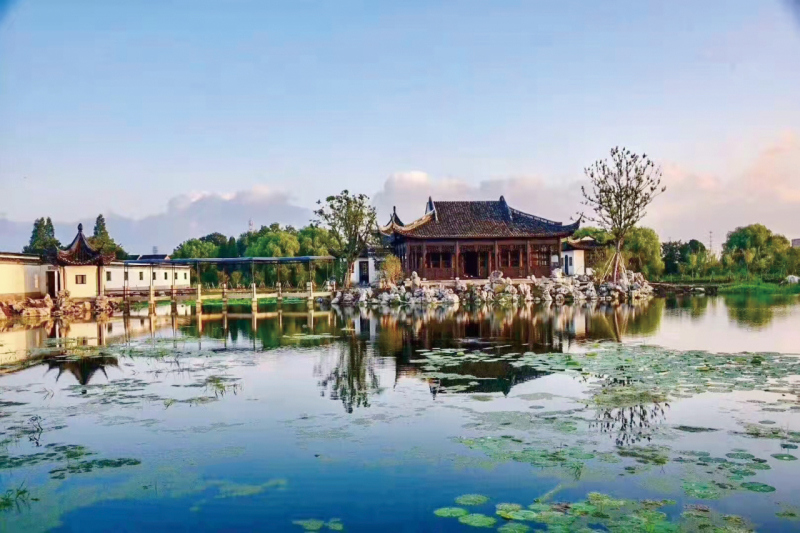
The Yi Garden. Photo by Yang Zhengqing.
Another one of the five “giant” gardens in Nanxun, the Yi Garden was built by Pang Laichen (1864-1949), one of the best-known painting and calligraphy collectors of his time, in 1918. Constructed near the Pang family’s ancestral hall, the Yi Garden is also known as the “Pangs’ Garden”. In fact, on the west, the Yi Garden is only separated by a wall from the Dong (East) Garden, one of the five “giant” gardens in Nanxun as well. The front door of the Yi Garden, facing the main street on the east, is a white-wall black-tile gate a la the Shikumen style, on top of which is written two Chinese characters “Yi Yuan” in lishu (or the clerical script).
The Yi Garden is composed of two parts: the front part includes halls and pavilions as well as winding corridors, while a rectangular lotus pond sits at the back. Touring the Yi Garden, one can’t help but feel fascinated by its unique style. As a painter, a calligrapher and a collector, Pang Laichen didn’t rely on any master craftsman for its design. In spite of this, or rather because of this, the Yi Garden looks distinctive in its own right: a tree and a rock could already paint a picture. Which shows that the garden itself is architecture, literature, arts, life and many other factors condensed into a concrete musical expression; it is an embodiment of Chinese philosophy and a revelation of the owners’ innermost feelings. Although the architecture inside the Yi Garden was destroyed in wars in the 1930s and the outer part was also demolished in the 1970s, it has been restored in recent years. Based on the survey map of Tong Jun, the garden expert, the local government has invited experts, conducted interviews, consulted old photos and historical records before kickstarting the restoration project. Now, it feels quite refreshing walking around the Yi Garden.

The Liu Garden in winter snow. Photo by Shen Yongqiang.
The Liu Garden is one of the five “giant” gardens in Nanxun as well. Built in 1905, it was a private garden belonging to Liu Tiqing (1876-1950), the third son of Liu Yong. In fact, the first owner of the garden as an official in the Yuan dynasty. Since Liu intended to “keep the garden as it was”, he named the garden “Liu” (meaning “keep” or “remain”), which, incidentally, is also pronounced the same as his family name. Unfortunately, most of the structures in the garden was reduced to ruins during China’s War of Resistance Against the Japanese Aggression. What remains now is only a lotus pond.
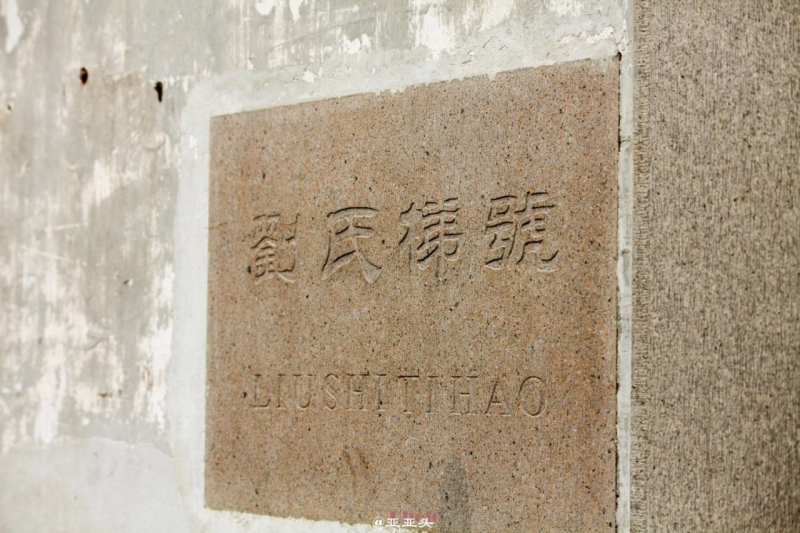
The Liushi Tihao (Liu Tiqing Residence) is a Chinese-Western mixed style architectural complex. Commonly known as the “Red House”, it was the former residence of Liu Tiqing, Liu Yong's third son.
Then, there are also the Ying Garden and the Shu Garden, both constructed during the late Qing period.

The Ying Garden.
After examining the Nanxun gardens, one will find that they are very good at applying a well-known the idea in Chinese painting, that is “mountains and rivers far and near, although close, may appear as if thousands of miles away”. Simply put, they have used the technique of “shrinking the landscapes and sceneries”, transplanted them onto the gardens, and injected poetics into the garden. That is why when one walks in these gardens, it feels as if they are wandering in the embrace of nature. Since the development of gardens in the Jiangnan area lagged behind its northern counterparts, it wasn’t until the Eastern Jin dynasty (317-420) that gardens had been started to be built. Then during the Song dynasty, especially the Southern Song dynasty (1127-1279), with the move of the imperial court to the south, both the aristocrats and the rich were into the building of private gardens, therefore heralding a boom in gardens in the Jiangnan area. Later, in the Ming and Qing dynasties, particularly in the middle and late Qing period, the Nanxun gardens were more an exception than a rule in the development history of modern gardens in this region. Some of the wealthy and prominent local families sought to convey their own thoughts, ideas, values, as well as their cultural accomplishments and life interest through private gardens. They not only dug ponds, set up rockeries and planted trees and flowers in the gardens as was usually done; they also built libraries and pavilions for ancient books, paintings, calligraphies and cultural relics. Indeed, inside the compounds of the Jiayetang Library, one of Nanxun’s best-known libraries established in the 1920s, a smaller but elegant garden could also be found. The owners of these gardens pursued a state of “embracing nature, returning to nature”. Blending travel, leisure and book collections, the gardens have been given an extra layer of literary touch.
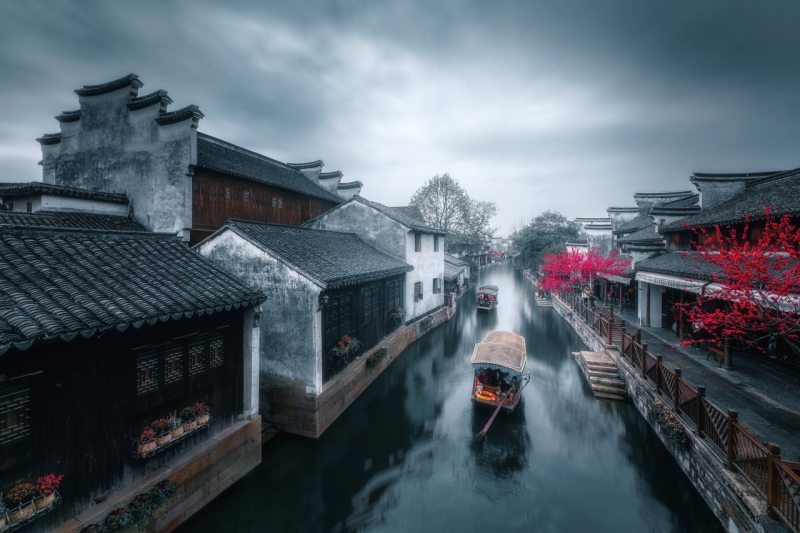
The Nanxun Ancient Town in mist and rain.
Although the gardens in Nanxun have inherited the traditional way of expression of those classical Jiangnan gardens, they have developed their own unique styles and cultural connotations in terms of artistic conception and landscape setting. For example, the various pavilions and halls in the southern and northern parts of the Yi Garden have been explicitly arranged in a zigzagging manner, while the north half with the lotus pond is quite spacious and open, the quintessence of how Jiangnan gardens are generally designed. For the Little Lotus Garden, the hills, and rockeries have been intertwined with the pools and ponds, and yet each also stand on its own: the whole garden doesn’t seem that open, but still open enough to not feel constrained; and it is “water flowing with the hills and hills becoming alive because of water”. However, in terms of artistic conception, the most ingenious one should probably still go to the Yi Garden. The fact that Pang Laichen, the original owner of the Yi Garden, was a famous calligraphy and painting connoisseur and collector meant that he had designed it just like a Chinese painting. The Yi Garden is undoubtedly one of the top gardens in modern China. Again, it goes to show that gardens are themselves manifestations of the feelings of their creators, and they are also the political, economic and cultural symbols of a specific period. While the war-ravaged Yi Garden disappeared long ago, its former glory and elegance are gradually restored under the unsparing efforts of the local authorities.
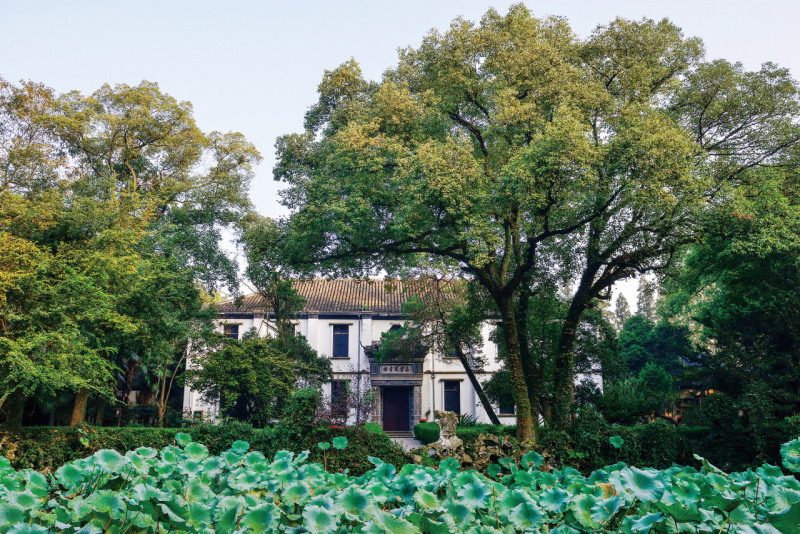
The Jiayetang Library. Photo by Shen Yongqiang.

The Jiayetang Library in spring. Photo by Shen Yongqiang.
Integrating the architectural arts and cultural elements of the Western Europe, the gardens in Nanxun have in fact developed a system of their own, a creative mix of the Chinese and Western cultures. Based on the combination of the traditional Chinese and Western architectural elements, the architecture in these “Chinese-Western” fused Nanxun gardens can be roughly divided into several categories, including “Chinese-top Western-down” structures, “Chinese-outside Western-inside” facades, “Chinese-style-dominated” buildings, among others. For instance, a two-story pavilion named the Yuxiang Pavilion next to the rockery in the Ying Garden. While the roof of the pavilion is an East Asian hip-and-gable roof, a common style in ancient Chinese architecture, its walls have been set with European-style arched windows and doors with large pieces of glass. Another example is the Little Lotus Garden in which a European-style brick archway measuring 4.6 meters can be seen. On the top of the archway was written the three Chinese characters “Xiao Lian Zhuan” (Little Lotus Garden) by Zheng Xiaoxu (1860-1938), a famed calligrapher of the time. Although the brick archway does not feature the complicated brick carving patterns, it is a typical modern European structure with a minimalist style. It is little wonder that Alain Marinos, honorary president of the Association Nationale des Architectes des Bâtiments de France (the National Association of the Architects of the Buildings of France), once said: “I have been to Nanxun three times. Every time I come to the ancient town, I have different feelings. I’m especially fond of the Little Lotus Garden, where I could see the exchanges between and fusion of Chinese and Western cultures.”
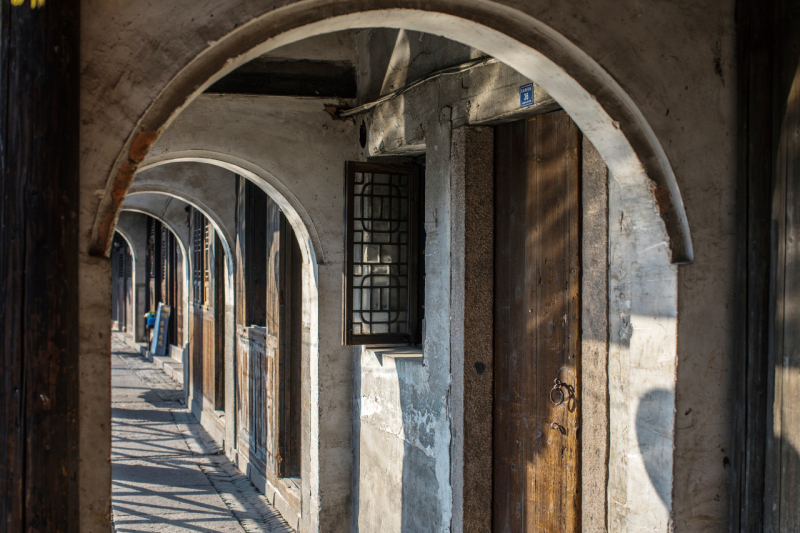
The Baijianlou (One Hundred Residential Houses) in Nanxun.
All in all, the artistic conceptions, forms and styles of modern Nanxun gardens are still identified with the lineage of the China’s classical private gardens in the Jiangnan area. Most of them adopt the technique of “diminishing first and exalting later” and “closing and opening spaces in contrasting”, with the larger gardens in particular showing a two-part or two-zone pattern. At the same time, in these larger gardens, almost all have been equipped with pavilions as libraries, and within the premises of these pavilions, one will surely find smaller gardens— gardens within gardens. Literary gatherings had long been an important part of the activities organized by the owners of the traditional private gardens. Even publicly organized literary gatherings were often held in these gardens. Unsurprisingly, book collections and literary gatherings are the “double pillars”, and the most distinctive characteristics of the modern garden culture in Nanxun. The Ying Garden, the Shu Garden, the Dong (East) Garden, the Little Lotus Garden, the Liu Garden, the Shi Garden and the Yi Garden are all like this. The picturesque artistic conception of these gardens, the exquisite and unique garden architecture, and the literary and cultural atmosphere are reflections of the rich accumulation of traditional Chinese culture. Whereas the introduction of garden architectural arts and cultural elements from the West shows the inclusiveness of Great Canal culture and the tendency at that time to “borrow and learn from the West”. It is true that there are many modern gardens in the Jiangnan area and around China, but those in Nanxun are definitely an “anomaly”. Perhaps that is the reason why modern gardens in Nanxun emerged relatively late in China, but have been praised as “the last piece of afterglow among the classical Chinese gardens”.
Editor: Li Qiaoqiao




